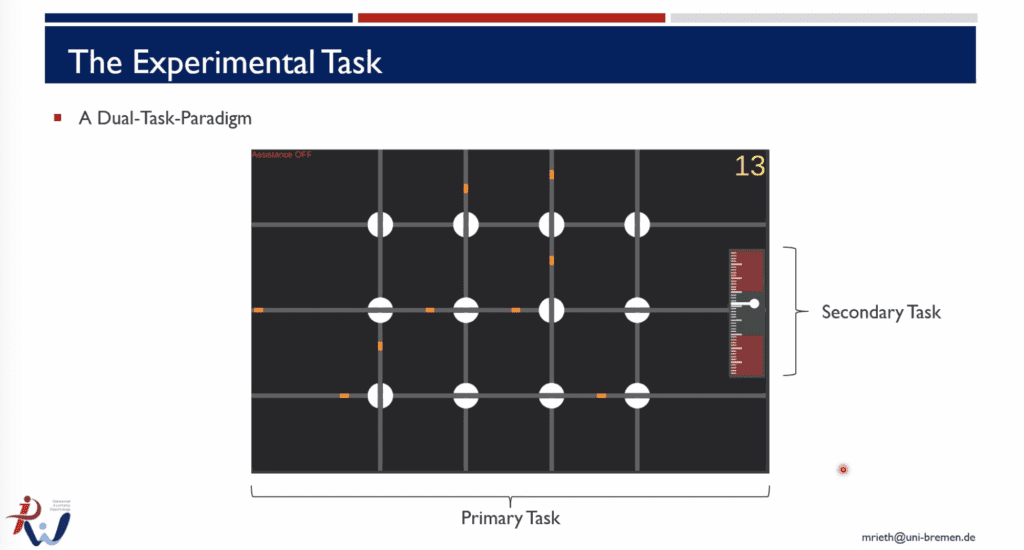How Increasing Levels of Automation Impact Air Traffic Controllers


Adaptable automation offers air traffic controllers the advantages of increased safety and efficiency while counteracting the unintended consequences that can follow static automation, such as skill decay and loss of perceived autonomy. (Photo: SESAR Joint Undertaking)
Automation of tasks often helps companies and workers to get more done in less time. In the aviation industry, almost everyone—from pilots to aircraft maintenance technicians—relies on some kind of automation during the workday. Air traffic controllers, for instance, have relied on automated solutions for years to ensure that they receive accurate information quickly and to communicate with pilots effectively.
However, some may not experience automation as having a positive impact on their work. They may feel as though they have less control over how to complete tasks or make decisions independently.
During a recent webinar hosted by the European Organisation for the Safety of Air Navigation (EUROCONTROL), Dr. Michèle Rieth shared some findings from her research on the effects of adaptable automation on air traffic controllers.
Competence, autonomy, and relatedness were identified as the three most important components of work for air traffic controllers, Dr. Rieth shared. They need to feel that they are good at their job, that they have control over work-related decisions, and that they are connected to other people in their daily work. She noted that these aspects need to be preserved as levels of automation increase to ensure job satisfaction for air traffic controllers.
To identify the effects of automation on air traffic controllers, the researchers conducted interviews with air traffic controllers and experts, held workshops, and conducted an online survey. “The results showed that automation is already changing a lot,” Dr. Rieth stated. The positive effects are the support that automation provides to human operators, which reduces coordination effort needed. Automation also improves safety and efficiency.
“The use of automation can also come along with new problems for humans which can lead to serious consequences in safety critical contexts,” she explained.
“The air traffic controller’s role is becoming more passive. They increasingly have to monitor the system, so they notice a shift from active air traffic control to more passive system control.”

“Successful human-automation interaction can only be achieved if the human side is adequately considered.” (Photo: Screenshot from presentation by Dr. Michèle Rieth)
Air traffic controllers that participated in the research project commented that the meaningful elements of their work are lost as a result of increased automation. Things are balanced at the moment, and individuals reported still being satisfied with their work, but it is important to consider the downsides of increasing levels of automation in this industry.
Dr. Rieth remarked that adaptable automation allows for flexible function allocation. This paradigm dictates that the human operator can dynamically adjust how tasks are divided between the air traffic controller and the automated system.
“Most conventional automation approaches involve static allocation concepts, or fixed function allocation,” she added. “It cannot be changed afterwards once the system is designed and implemented.”
Adaptable automation offers the advantages of increased safety and efficiency while counteracting the unintended consequences that can follow static automation, such as skill decay and loss of perceived autonomy.
“When automation crosses a critical boundary from information automation to decision automation, loss of perceived autonomy and competence is more likely,” Dr. Rieth said.
The researchers’ findings indicated that adaptable automation could contribute to a more human-centered design without negatively impacting performance or workload for air traffic controllers.
The SESAR 2020 Scientific Committee Automation Taskforce drafted an extensive report on the topic of automation in air traffic management, or ATM. “Although it is generally agreed that the future of the ATM system will evolve towards higher levels of automation, a shared vision is needed in order to develop a research roadmap with a breakdown of specific research actions,” the report stated.
The committee concluded, “The vision of the future ATM system remains resolutely human-centric but at the same time, the technical system gains a certain level of autonomy. Both the operator and the system work in close cooperation maintaining a multimodal conversation and making use of the most recent advances in AI/machine learning.”
The post How Increasing Levels of Automation Impact Air Traffic Controllers appeared first on Avionics International.
—————
Boost Internet Speed–
Free Business Hosting–
Free Email Account–
Dropcatch–
Free Secure Email–
Secure Email–
Cheap VOIP Calls–
Free Hosting–
Boost Inflight Wifi–
Premium Domains–
Free Domains





